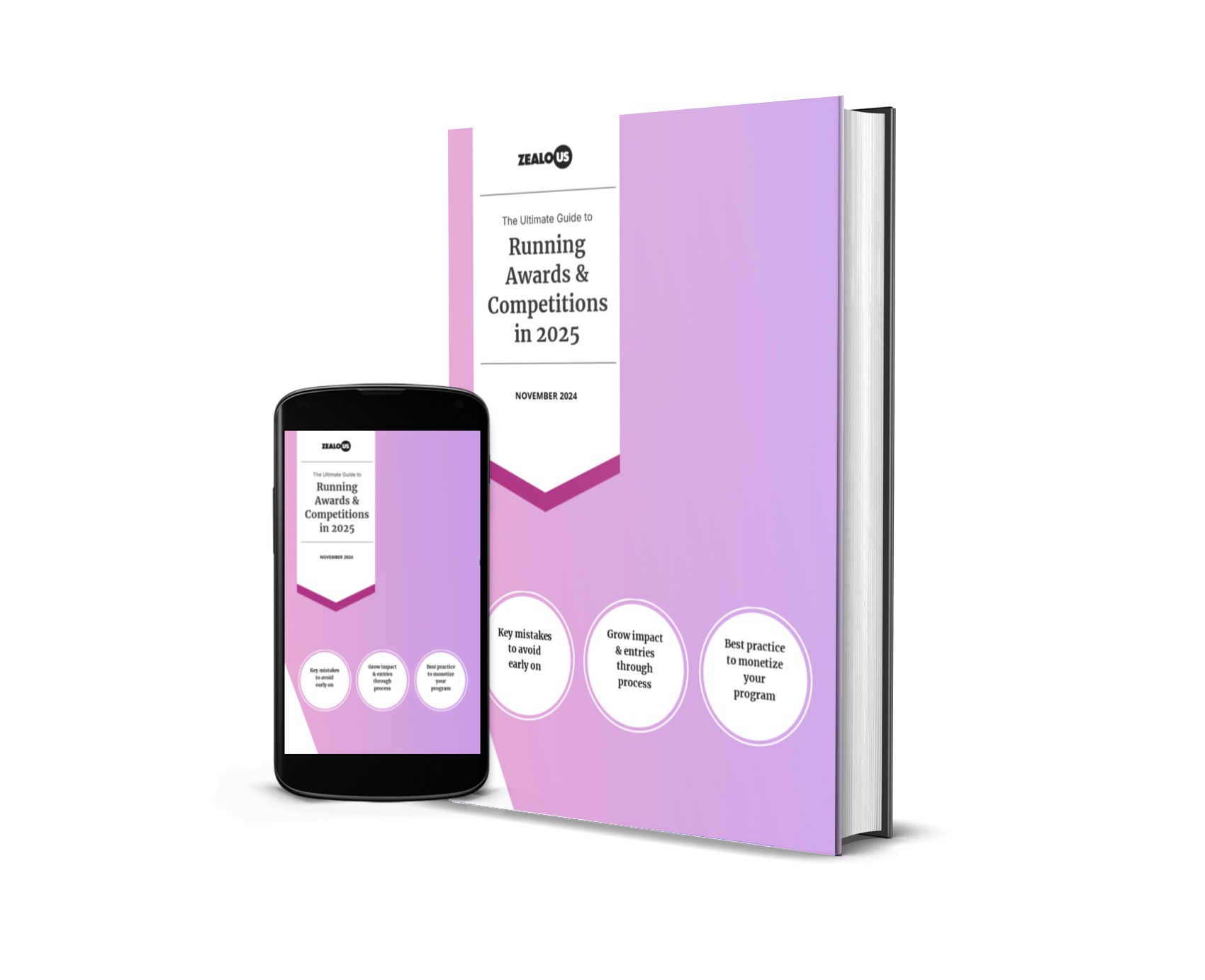Go with their flow

No one likes to read a manual; your guidelines should follow the same flow of thinking as those submitting. This will improve engagement and ensure candidates aren’t put off by a wall of text. The basic building blocks of your story should follow the structure below.
Start with who should submit, to make sure that only the relevant candidates read on; then let them know what’s in it for them, what effort they will need to make to be considered and finally any support materials which are significant should a candidate apply.
Structure
- Who can take part
- Why submit
- What to submit
- Selection criteria
- How to submit
- Who you are
- Support materials / T&Cs
Ask yourself
- Who are you targeting? Age, location, skills…
- Is the language you use going to entice candidates to submit?
- Why should candidates care? What is in it for them?
- What do they need to do to be selected?
- Do the guidelines follow the submission process you have chosen?
- Who should proof-read your guidelines?
Resources
- Start with why TED talk by Simon Sinek
- Terms & Conditions template
- Use our “Test Submit” function to compare your guidelines to the process
Less is more

It can be tempting to mistake clear guidelines with long guidelines. The longer your guidelines, the less likely candidates are to read them.
Mark Twain famously said, “Not that the story need be long, but it will take a long while to make it short.” Reducing your content will pay off – lowering the barrier to entry for candidates will boost the amount of submissions you receive, and ensure they submit the required information. Saving 288 candidates 5 minutes of reading, will unlock a full day’s work between them.
Making the content and language accessible to your candidates is important. Once you have written your first set of guidelines, be sure to re-read them a couple of times and make improvements.
Easy Hacks
- Remove duplicate information
- Remove “This competition is…”, it’s implied in the context.
- Use an active voice (instead of a passive one)
- Add a link to your terms and conditions instead of including them within the guidelines.
Ask Yourself
- Does the candidate really need to know this (at this time)?
- How can I shrink this sentence?
- Is this information repeated anywhere else in this document?
- Should this be a sentence or a list?
Tools
Formatting is important

Giving candidates a block of text is going to put them off. The format of your guidelines is as important as the content.
Make sure that sections are separated with clear titles. Highlight important text by making it bold. This will allow your candidates to easily refer to specific sections of your guidelines as they submit. This holds especially true when you have complex requirements for your application process.
Structure
- Main sections should be separated by big titles
- Subsections should be separated by headers
- All other content should be the same sized font
- Separate narrative content into paragraphs (4-5 lines max).
- Any information you wish to highlight should be bold
Ask Yourself
- Would I read this?
- Is it easy for me to find what I am looking for quickly?
- Does the page look cluttered?
- Are issues I’ve faced in the past in bold?
Resources
Context is King

Word is a great way of catching typos and writing clear content. However, having your guidelines separate from the opportunity may lead to duplicate information on the page. Once the content is transferred, make sure that it adheres to the process.
Once you have written your guidelines in word, sanity check them whilst adding them to the site – test out a submission to see how candidates will experience it. This works even better if you have an external party who can do this and provide you with feedback.
Checklist
- Read your guidelines and test submit
- Get someone you know to submit using your guidelines
- Check your guidelines use the same language as the site you will be taking submissions on
Ask Yourself
- Am I using the same language as the site taking submissions? (e.g. Apply or Submit)
- Is it easy for me to find what I am looking for?
Resources
- Use the “Test Submit” function on Zealous to check your guidelines
- Article – Make readable documents
Conclusion
Although it gets easier with experience, writing guidelines is not an easy process. You can never really know where your candidates are going to stumble. The good news is that nothing stops you from improving them as you go, even whilst submissions are open.
Finally
- Check submissions coming in at the start to ensure they contain what you expect, if not edit your guidelines
- Leave time to review your guidelines during your open call
- If the same question is being asked, add the answer to your guidelines.
- Make it easy for applicants to contact you
Let us know you want us to write more content like this with a love!
Share

Guy Armitage is the founder of Zealous and author of “Everyone is Creative“. He is on a mission to amplify the world’s creative potential.







